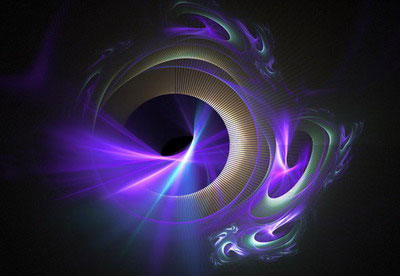How to get the LED lights to support the larger current
In recent years, the industry is very positive for just one to achieve a considerable brightness LED R&D and technology in this regard will fall on. How to make the LED support a larger current. But this result is still far to meet the market expectations. So the goal is more than 10 times and the current conduction to the LED components. So when the LED lightings area size can be expanded to 1m square meters, the following work is how to make the current value reach 350500mA. Because the drive voltage is over 3V, so we can have a 1m square meter of 1W of electricity flowing into the chip area.

In the aspect of luminous color rendering, although such a large power input to the GanLED, yet the devoted formation of heat, so the LED products will overheat, which will directly affect into the LED color rendering results. The basic characteristics of the temperature rises, the luminous efficiency will drop and cause CRI bias, so how to effectively release a large number of exothermic heat technology becomes a key, so the LED lightings mounted on the thermal conductivity, heat capacity becomes a very important issue, at present most of the use of divalent metal or ceramic.
Short wavelength to bright high-energy quantitative Reed from the light to enhance the luminous efficiency of phosphors.
From Blu-ray GaNLED has been successfully developed high brightness degree of the green LED start although the long wavelength of the R&D trends, but because InN mixed crystal ratio increased which led to deterioration of the crystalline, and is now gradually being the industry to give up. The other hand, such as laser substitutes new applications R&D also began to consider the industry and the short wavelength of the R&D is actively processing. Recently some Japanese Lab at the University has successfully developed a 250nm of the LED tube, but the practicality is still to be thinking, because the human eye is about 380nm wavelength acceptance, so if the wavelength more than 380nm short-term, which is unable to produce visual LED lightings or low output.
